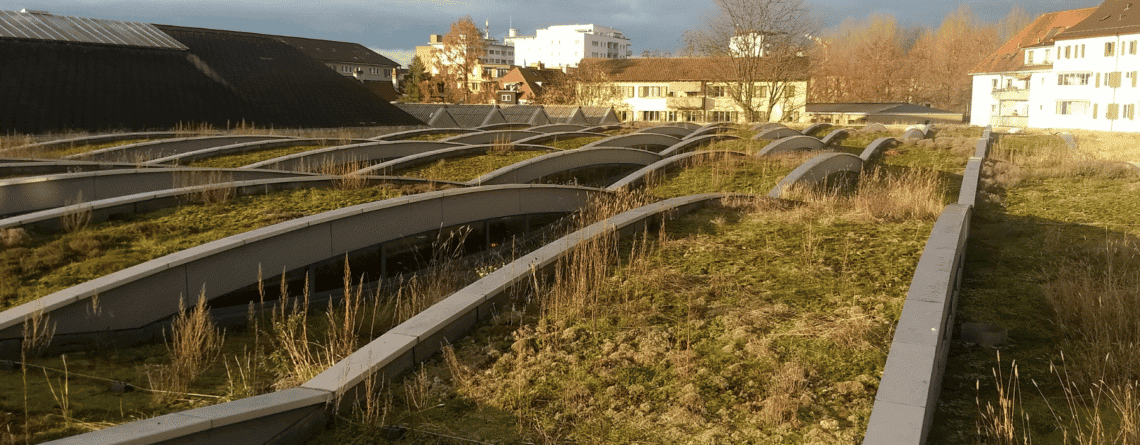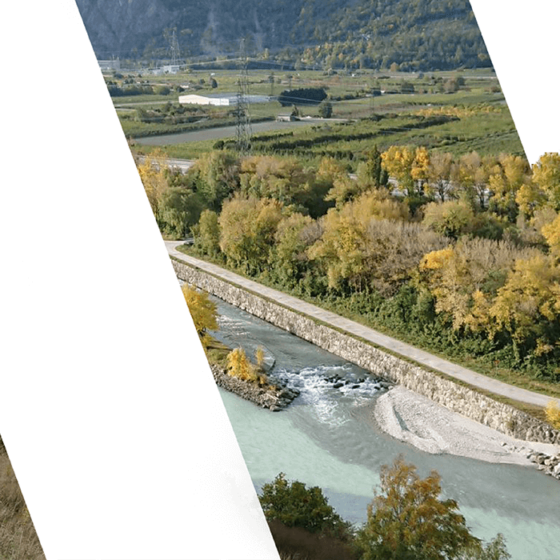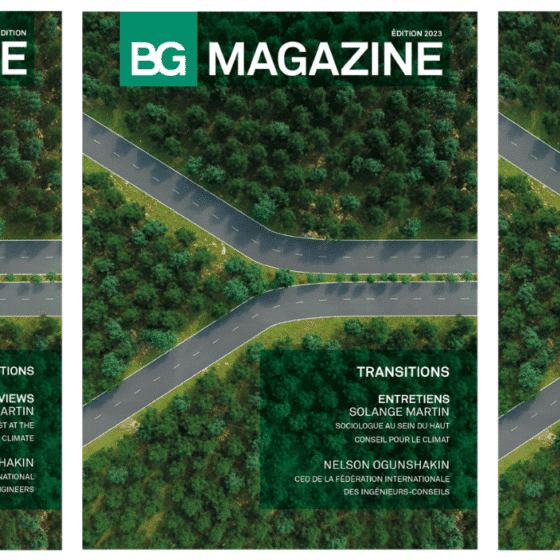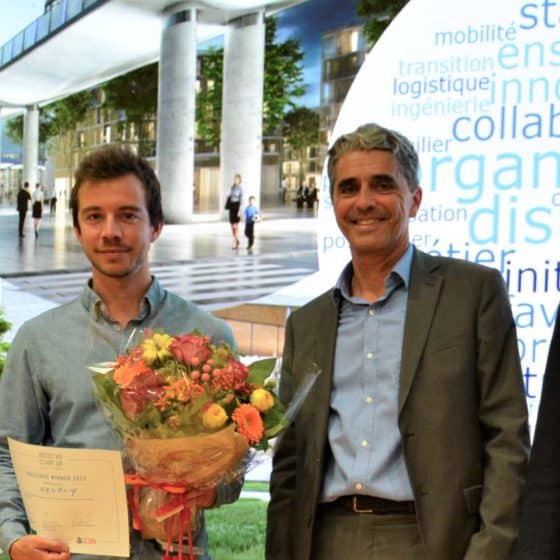The city of tomorrow is a green and blue sponge
Sponge city, permeable city, green and blue city: so many names for the same concept, which aims to offer improved management of rainwater in urban areas. BG engineering solutions are based on the laws of nature and make wise use of technology.
The ‘gentle sound of rain, on the ground and on the roofs’ consoled the French poet Verlaine, but shouldn’t we be worried instead? When it rains in the city, the flowing water becomes potentially threatening and destructive. The risk of flooding increases, a big storm can saturate the sewers while the benefits of the slightest downpour are lost in the pipes. “We are promoting less and less the natural water cycle, the retention and proper use of stormwater. Nature looks like a sponge, it infiltrates and retains – but in cities, on the contrary, it flows…” notes Sabine Chamoun, project engineer at BG.
A gradual awareness
The inadequacy is due to the urban infrastructure, which amplifies the devastating effects of climate change. Cities, grey from the asphalt and concrete, work during a rainstorm like funnels that overflow too quickly. When, on the other hand, the sun is plentiful, they suffer from the heat emanating from the flat surfaces which absorb radiation. And the repetition of these problems – floods, heat islands – arouses a still slow awareness, perhaps because its economic stakes are not immediately perceptible. “We have to make cities bluer and greener. But the longer we delay, the more significant and costly the damage will be,” deplores Sabine Chamoun.
A range of solutions and a package
Optimised, efficient, green roofs have taken the lead. They are trendy, especially for aesthetic reasons. However, some cities (including Fribourg, Lausanne and Geneva) encourage them for better reasons through subsidies or tax reductions, while in Basel, green roofs are mandatory on new construction.
In terms of streets, pavements, squares and car parks, progress is still hesitant with the use of innovative materials, such as permeable asphalt, or conventional materials, such as crushed gravel, so that the soils filter and naturally bring rainwater back to the water tables and streams. The solutions recommended by BG in this urban context bring together both nature and technology. “They can form a package of measures,” says Sabine Chamoun. “It’s about having a global vision of rainwater in the city by cumulating the positive effects. BG has the skills required to organise this management”.
The success will be, as the Federal Office for the Environment, Forests and Landscape wishes, to retain rainwater as long as possible where it has fallen. So that it is welcomed as a blessing and no longer as a threat.
(Article taken from BG Magazine 2021, updated version on the site)









